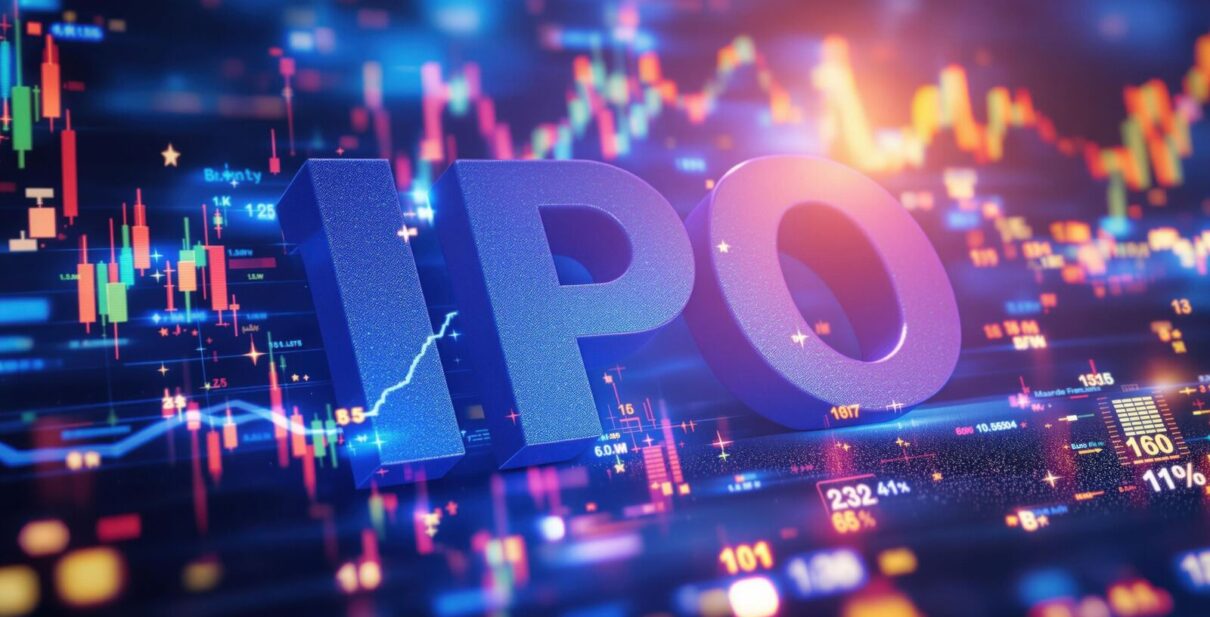Can boAt evolve into a steadier consumer electronics player? Mint explains.
How big is the IPO and how’s boAt doing?
The newly filed prospectus shows that boAt aims to raise ₹1,500 crore through its IPO, with ₹500 crore coming from a fresh share issue and the balance through an offer for sale by its promoters and current investors, including Warburg Pincus and boAt founders. The timing is critical, with India’s wearables market losing steam. Data from tech researcher IDC shows shipments fell 11.3% year-on-year in 2024 to 119 million units—the category’s first annual decline.
After two consecutive years of steep losses, the company swung back into profitability in FY25, reporting a net profit of ₹62 crore on revenues of ₹3,097.81 crore. The momentum continued into FY26, with a ₹21 crore profit in the June quarter. The company now positions itself not just as a fast-growing D2C brand but as a scaled consumer electronics player with improving margins and a more stable financial profile.
But sustaining that turnaround will take more than tighter costs. The company is also reworking its sales mix, easing its heavy reliance on e-commerce and nudging steadily into offline retail. BoAt’s rivals Noise, Fire-Boltt, and GoBoult are also following a strategy of making their products slightly premium.
Why is boAt pivoting to offline retail?
Online channels still dominate boAt’s business, contributing 72.3% of revenue in FY23 and 71.8% in FY24. The share eased to 70.6% in FY25, with offline sales inching up to 29.5%. Q1 FY26 shows a similar mix at 71.7% online and 28.3% offline, according to the company’s draft prospectus. Much of the data below is from the document.
At the same time, dependence on Amazon and Flipkart is thinning. Reliance on Amazon and Flipkart is steadily coming off—the top two marketplaces contributed 55.3% of product sales in FY25, compared with 62.7% in FY24 and 61.9% in FY23.
In large audio, sales are overwhelmingly offline, from 87% in FY25 to around 90% by FY30—as consumers prefer in-store demonstrations to gauge sound quality and size before buying. In contrast, in the wireless audio category, boAt has already done well: it leads with a 29% market share and followed by GoBoult at 17%, underlining why the company is betting on physical retail to deepen engagement and push premium SKUs.
What does the offline tilt mean for margins and mix?
The gradual shift comes as the company terms its dependence on e-commerce giants risky. With metro online sales plateauing, boAt is betting that tier 2 and tier 3 buyers—who prefer the “touch and feel” of aspirational gadgets like smartwatches and headphones—will help push higher average selling prices. Smartwatches are impulse buys in malls and large-format stores and premium models perform better when displayed, helping stabilize margins against online price wars. Offline also allows more controlled pricing compared to online, where deep discounting can erode margins. The strategy, therefore, is not just about expanding reach but about stabilising profitability.
BoAt is not alone as other players are also building heft offline. GoBoult is now present in 3,000 stores across Reliance, Croma and Vijay Sales, with an 8% offline market share.
But there’s another layer. The channel mix is influencing average selling prices, with online sales shrinking much faster than offline— down 13.8% year-on-year versus a 1.8% dip in physical stores. The steepest fall came in smartwatches: online shipments dropped 37% cutting into the e-commerce overall share. However, in ear wear told a different story, offline sales grew 4.4% even as online volumes slipped, showing the relative resilience of brick-and-mortar retail, as per IDC data for Q2 2025.
Where does the offline bet pinch?
The offline push has not been cheap, as evident in working capital pressures. Days of inventory fell to 36 in FY25 but jumped back to 62 in Q1 FY26 as the company rebuilt inventory for offline distribution. Inventory discipline has been volatile: scrapped goods touched ₹74 crore in FY24 before easing to ₹30 crore in FY25. Total working capital requirements also climbed from ₹300 crore at March 31, 2025 to ₹426 crore by June 30, 2025. The offline tilt adds further execution risk in logistics and distribution—areas boAt concede that it is still building muscle in.
What’s next for boAt beyond India?
Exports are emerging as the fallback cushion for all players. boAt is sharpening its focus on West Asia, Southeast Asia and South Asia markets such as Sri Lanka, Bangladesh and Nepal. This is keeping in line with moves afoot at GoBoult, which is already present in Nepal and the UK, and Noise that has entered the UAE and is preparing to expand into the UK and US.
In spite of such moves, boAt remains overwhelmingly India-focused. In FY25, India accounted for 99.62% of its revenue.
On the supply side, the company has reduced import dependence, bringing overseas sourcing down from 70% of procurement in FY23 to 39% in FY25, though nearly 90% of that still comes from China. Localization efforts are underway through its related-party JV, Califonix, where the exposure is concentrated: the JV already accounts for almost 40% of boAt’s volumes.




